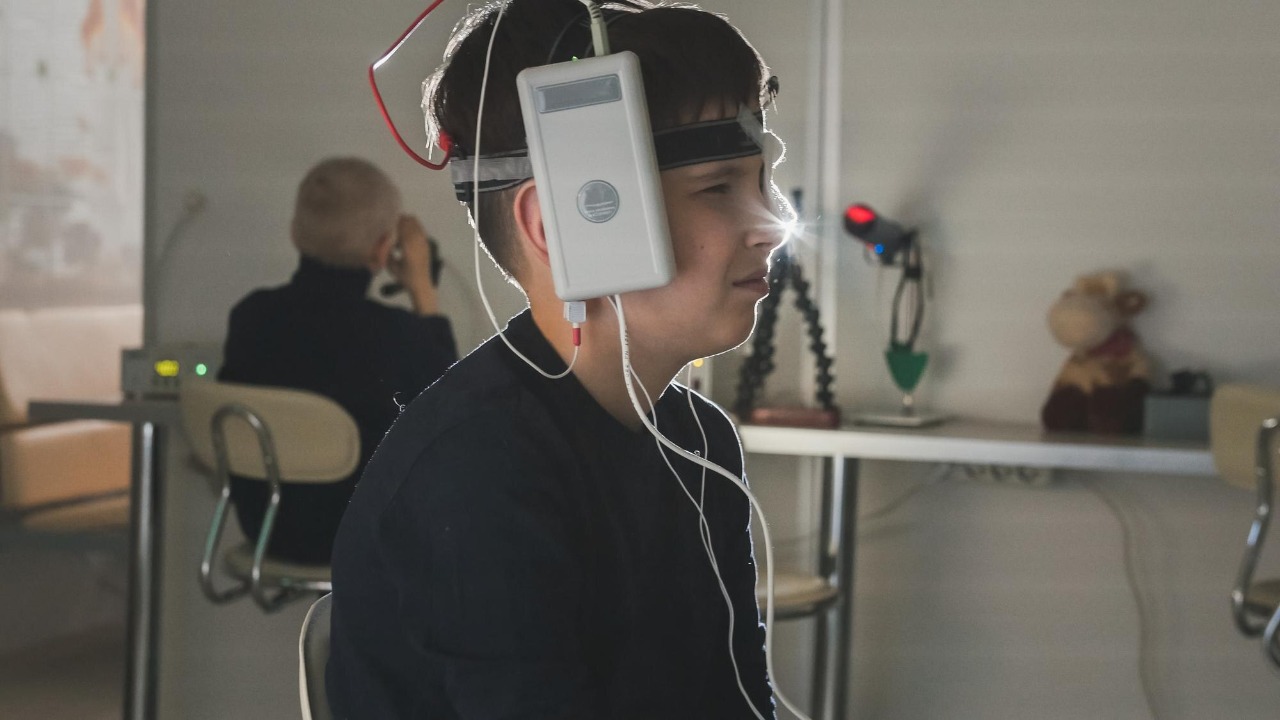
Imagine a world where thoughts can directly be converted into written words, bypassing the need for speech or manual typing. A revolutionary technology is making this a reality, converting brain signals into text. This innovation not only breaks down communication barriers but also provides a ray of hope for those who have lost their ability to speak due to neurological disorders like ALS, stroke, or spinal cord injury.
Understanding the Technology Behind Brain-to-Text Devices
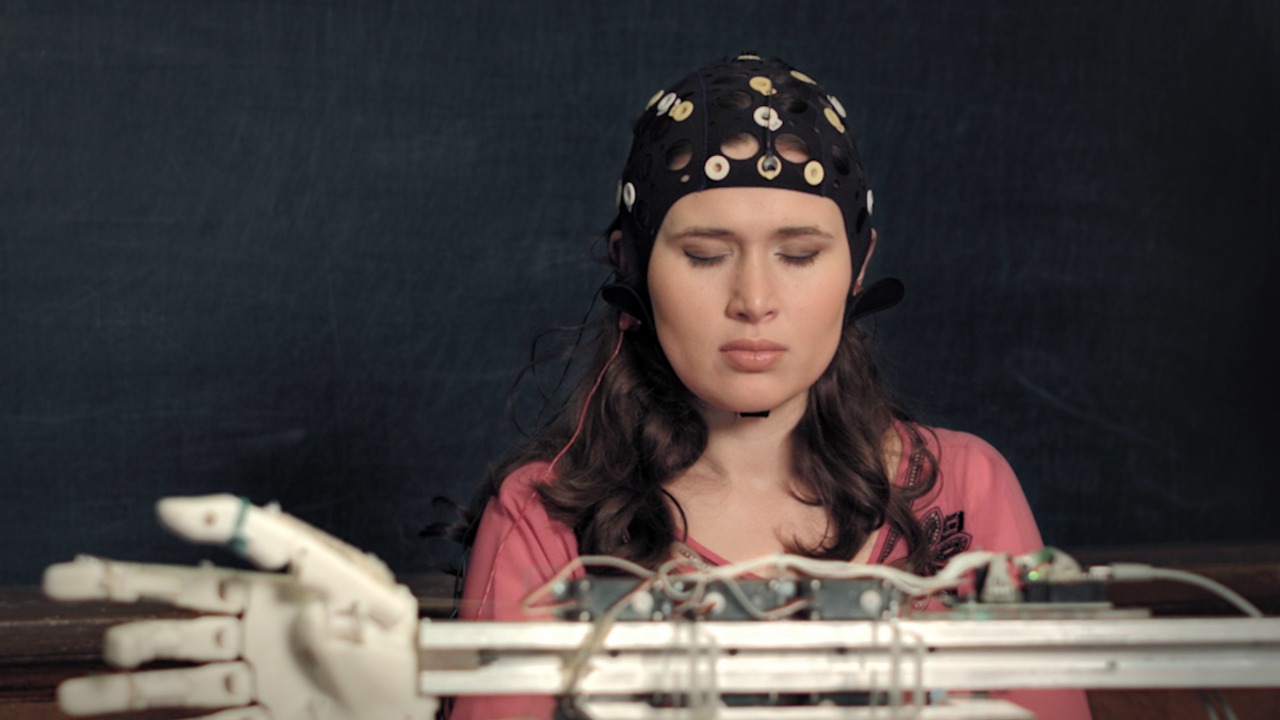
The concept of turning brain signals into text is based on the development of advanced brain-computer interfaces (BCIs). These interfaces capture neural signals, which are then interpreted using sophisticated algorithms. The technology hinges on understanding the complex patterns of neural activity that occur when we think. BCIs translate these patterns into commands, which can then be used to create text.
Artificial intelligence (AI) plays a crucial role in this process, helping to decipher the brain signals and translating them into text. The AI algorithms, trained on large datasets of neural activity and corresponding actions, can effectively predict what a person is trying to say based on their brain signals. The research in this area has made significant strides, and AI is becoming increasingly adept at understanding the language of the brain.
Real-life Application: A Case Study of ALS Patient

A significant case study that highlights the real-world application of this technology features a man with Amyotrophic Lateral Sclerosis (ALS), a neurodegenerative disorder that affects motor neurons, leading to the loss of voluntary muscle control. The patient was able to regain his ability to communicate using a brain-to-text device. The UC Davis Health report illustrates the life-changing impact of this technology.
This technology’s potential extends beyond ALS. There is a wide range of neurological conditions where communication is affected, such as stroke, cerebral palsy, and spinal cord injury. This technology could provide a new communication method for these individuals, offering them a chance to express themselves more freely.
The Role of Research in Advancing this Technology
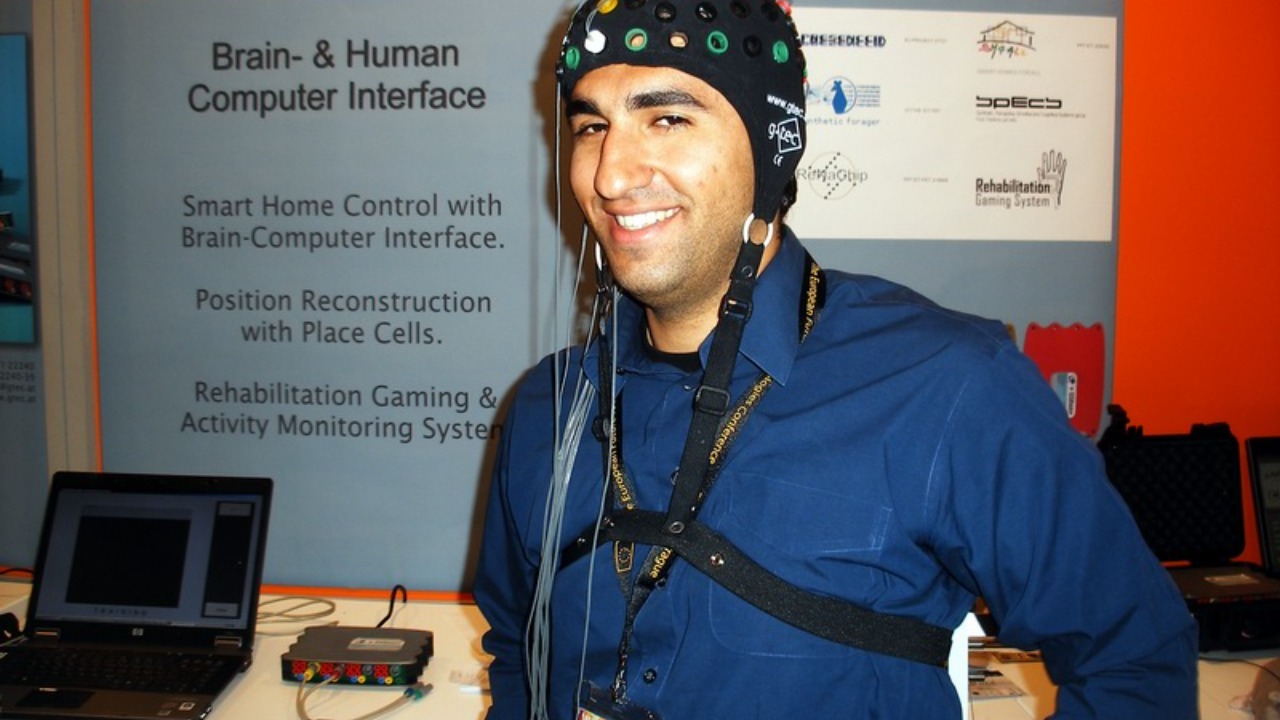
Research lies at the heart of the development of this technology, with key studies and breakthroughs pushing the boundaries of what’s possible. Challenges in capturing and interpreting brain signals, ensuring the technology is safe and non-invasive, and improving the speed and accuracy of translation are being addressed through rigorous scientific research.
Future research directions are promising and include efforts to improve the machine learning algorithms for more accurate interpretation of brain signals. The IEEE Xplore discusses some of the ongoing research in this domain. Improved technology could also entail higher resolution brain signal capture and faster translation speeds.
Potential Benefits and Implications of Brain-to-Text Devices
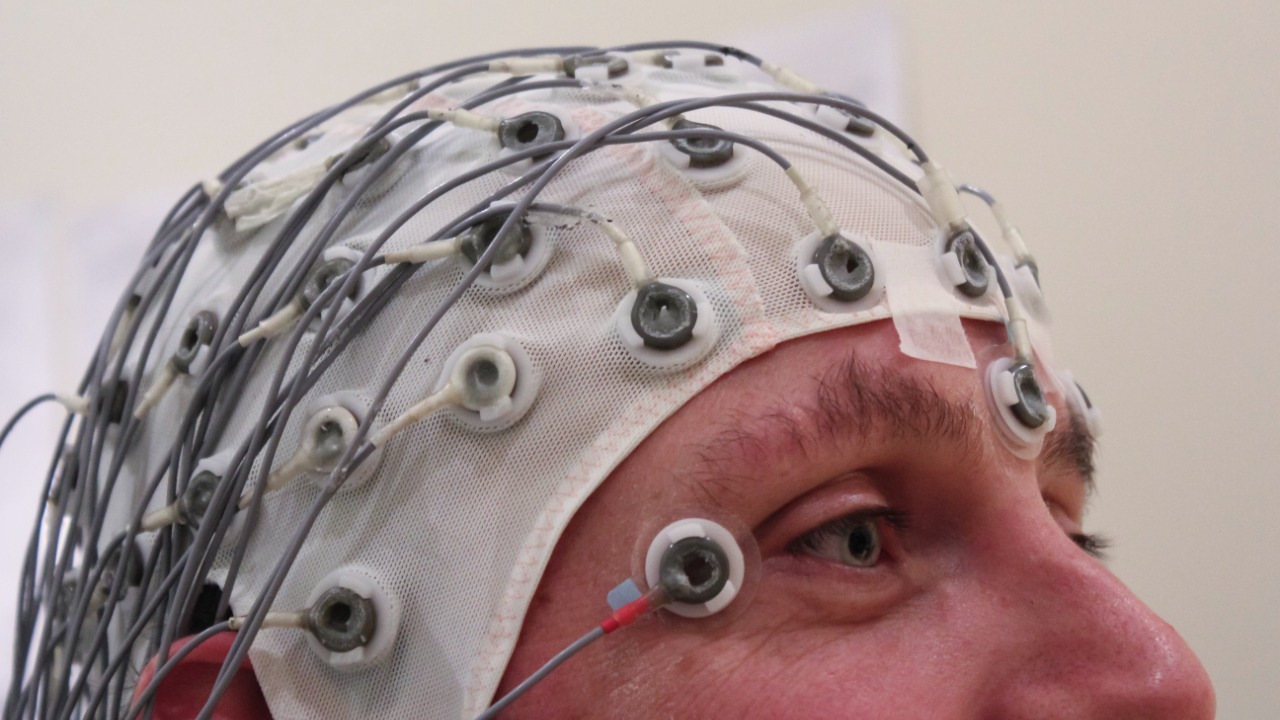
For individuals with communication impairments, this technology opens up a new world of possibilities. It could allow them to communicate effectively, enhancing their quality of life and fostering greater independence. Moreover, it could revolutionize the field of assistive communication devices, offering a more seamless and intuitive form of communication.
However, as with any technology that involves decoding brain signals, there are ethical and privacy implications to consider. The potential for misuse is real, and safeguards need to be in place to protect individuals’ privacy and autonomy. The ACM Digital Library provides an in-depth look at these concerns and discusses possible solutions.
The Future of Brain-to-Text Devices
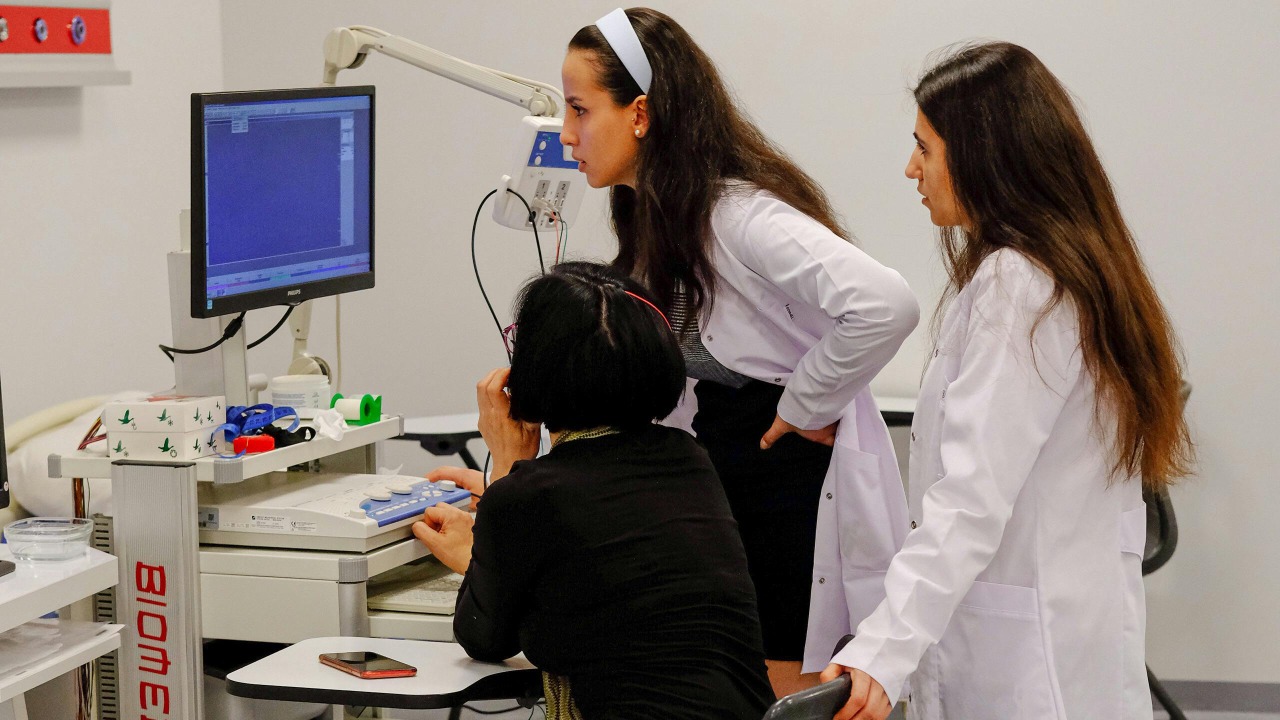
Looking forward, advancements in brain-to-text technology could reshape our daily lives. As the technology matures, it could be integrated into everyday devices, enabling us to write emails, send text messages, or even control smart home devices using only our thoughts. The potential applications are vast, from assistive communication devices to hands-free control of technology.
However, there are potential barriers to widespread adoption. These include technical challenges, such as improving the accuracy of brain signal interpretation, as well as ethical concerns and costs. The future will also require regulatory frameworks in place to ensure the technology is used responsibly. However, as noted by ScienceAlert, despite these challenges, the potential benefits of brain-to-text technology are too significant to ignore.